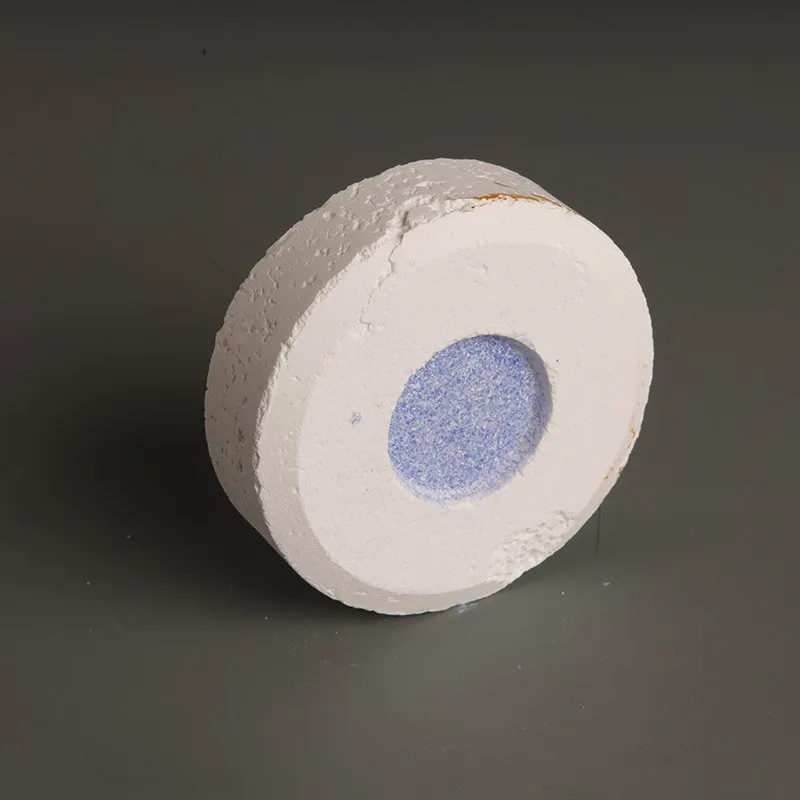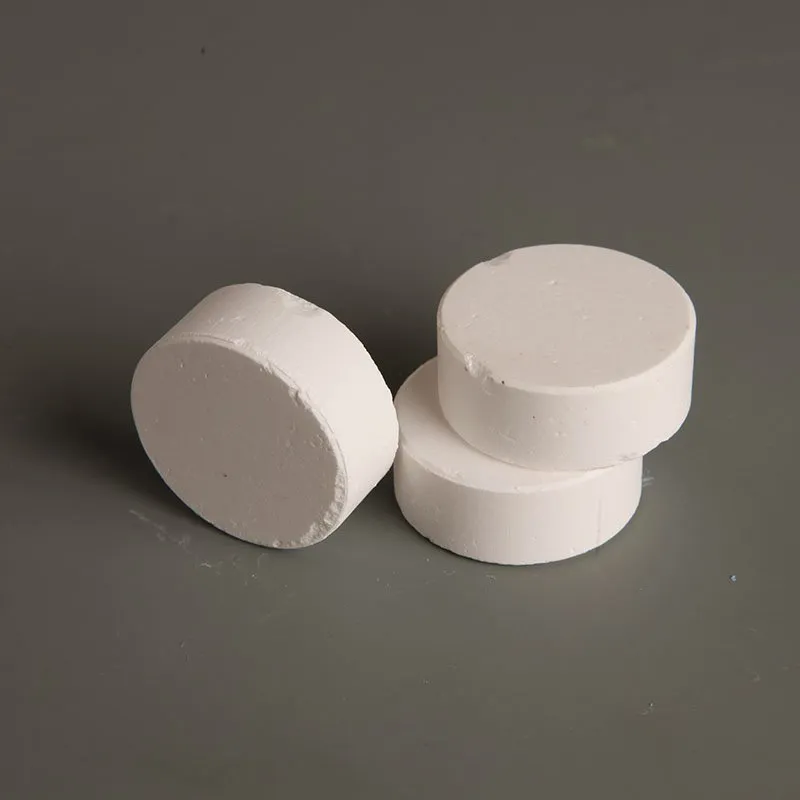



Water Treatment Plant Chemicals: Polymers & Polyelectrolytes
Elevating Industrial Purity: The Unseen Power of Water Treatment Plant Chemicals
In an era where resource scarcity and environmental stewardship dictate industrial operations, the role of water treatment plant chemicals has become more critical than ever. These specialized compounds are indispensable for ensuring the safe and efficient operation of countless industrial processes, from power generation and petrochemicals to potable water supply and municipal wastewater management. They facilitate the removal of impurities, prevent equipment degradation, and safeguard public health by meeting stringent regulatory standards. Understanding the precise application and characteristics of these chemicals is paramount for optimizing system performance, reducing operational costs, and adhering to environmental compliance.
The global demand for high-quality industrial water necessitates a sophisticated approach to water treatment. This involves a suite of chemical solutions tailored to specific challenges, including coagulation, flocculation, disinfection, pH adjustment, and corrosion inhibition. Each chemical plays a vital role in a multi-stage treatment process designed to transform raw or contaminated water into a reusable or discharge-compliant state. As industries evolve and environmental regulations tighten, the innovation in water treatment plant chemicals continues to accelerate, bringing forth more efficient, sustainable, and cost-effective solutions for complex water quality issues.
Manufacturing Excellence: Precision and Purity in Water Treatment Chemicals
The manufacturing of advanced water treatment plant chemicals, such as Sodium Dichloroisocyanurate (SDIC) granules and tablets, demands rigorous adherence to quality control and precision engineering. The process begins with the meticulous selection of raw materials, ensuring they meet strict purity standards. For SDIC, this typically involves the reaction of sodium hydroxide, chlorine, and cyanuric acid under controlled conditions to synthesize the intermediate products, followed by further processing to yield the desired compound. This chemical synthesis is crucial for achieving the active ingredient's stability and efficacy.
Following synthesis, the material undergoes purification steps, often including filtration, crystallization, and drying to remove impurities and achieve the required concentration. For granular or tablet forms, specialized granulation or tableting machinery is employed. These processes, while not involving traditional metal casting or forging, require highly calibrated equipment to ensure consistent particle size distribution for granules or uniform density and dissolution rates for tablets. Strict adherence to international standards like ISO 9001 and ANSI (for relevant applications, such as drinking water treatment) ensures product consistency and reliability. The service life of these chemicals, when stored correctly, is typically several years, maintaining their efficacy for critical applications across sectors like petrochemical, metallurgy, and municipal water supply and drainage, offering advantages in effective disinfection and corrosion prevention.

Each batch of manufactured chemical undergoes comprehensive testing. This includes chemical assay for active ingredient concentration, pH stability, dissolution rate (for tablets/granules), moisture content, and heavy metal analysis. For products used in potable water, additional tests for residual by-products and compliance with health advisories are conducted to ensure safety. These stringent inspection standards are vital for guaranteeing that the water treatment plant chemicals perform effectively in their intended applications, contributing to energy saving by reducing system downtime due to scaling or microbial growth, and providing robust anti-corrosion properties when applied as inhibitors.
Technical Parameters & Performance of Key Water Treatment Plant Chemicals
The selection of appropriate water treatment plant chemicals is based on a thorough analysis of water quality, treatment objectives, and regulatory requirements. Each class of chemical—coagulants, flocculants like polyelectrolyte in water treatment, disinfectants, pH adjusters, and anti-scalants—possesses distinct technical parameters that dictate its efficacy and application. Understanding these parameters is critical for designing an effective and efficient treatment program. For instance, the charge density and molecular weight of a water treatment polymer (flocculant) directly impact its ability to agglomerate suspended solids.
The effectiveness of these chemicals is often quantified by parameters such as Turbidity, Total Suspended Solids (TSS), Chemical Oxygen Demand (COD), Biological Oxygen Demand (BOD), Total Organic Carbon (TOC), and pathogen count (e.g., E. coli, coliforms). For instance, a well-designed coagulation-flocculation process using an optimized water treatment polymer can reduce TSS by over 95%, significantly improving downstream filtration efficiency. Continuous monitoring and adjustment of chemical dosages based on real-time data are essential for maintaining optimal treatment performance and ensuring compliance with discharge limits or process water quality specifications.
Diverse Applications: Where Water Treatment Plant Chemicals Make a Difference
The versatility of water treatment plant chemicals extends across a vast array of industrial and municipal applications, each with unique requirements. In municipal drinking water treatment chemicals, the primary goal is to ensure the water is safe for human consumption, free from pathogens, turbidity, and harmful contaminants. This typically involves coagulation and flocculation using agents like aluminum sulfate or ferric chloride, followed by disinfection using chlorine-based compounds such as SDIC or calcium hypochlorite. Advanced treatment might include activated carbon for taste and odor control, or specialized ion exchange resins for specific pollutant removal.

For industrial wastewater treatment, chemicals address a more diverse range of pollutants including heavy metals, oils, greases, organic compounds, and suspended solids. Here, specialized flocculants like anionic or cationic polyelectrolyte in water treatment are instrumental in separating solids from liquids, leading to clearer effluent and more manageable sludge. pH adjustment chemicals are often used to optimize the effectiveness of other treatments or to neutralize highly acidic or alkaline wastewater before discharge. In sectors like petrochemicals and power generation, corrosion and scale inhibitors are vital for protecting expensive infrastructure such as cooling towers, boilers, and heat exchangers, extending their operational life and improving energy efficiency.
Furthermore, the mining and metallurgy industries rely heavily on these chemicals for process water management and tailings dewatering. Custom-formulated water treatment polymer solutions help in recovering valuable minerals and reducing the environmental footprint of mining operations. The application experience accumulated through years of serving these diverse industries allows providers to offer nuanced solutions, recognizing that each facility presents unique challenges requiring tailored chemical formulations and dosing strategies to achieve optimal performance and regulatory compliance.
Fizachem's Sodium Dichloroisocyanurate (SDIC): A Leading Disinfection Solution
Among the array of advanced water treatment plant chemicals, Sodium Dichloroisocyanurate (SDIC) stands out as a highly effective and stable disinfection agent. Fizachem offers premium-grade SDIC in both granular and tablet forms, providing a versatile solution for various water purification needs. SDIC functions by releasing hypochlorous acid (HOCl) when dissolved in water, which is a potent biocide capable of inactivating a broad spectrum of microorganisms, including bacteria, viruses, fungi, and algae. Its stability and ease of handling make it a superior alternative to traditional liquid chlorine or calcium hypochlorite in many applications.

Fizachem's SDIC product offers specific advantages including a high active chlorine content (typically 56-60%), long shelf life, and excellent solubility. These characteristics ensure effective disinfection at lower dosages, leading to cost efficiencies and reduced storage requirements. It is widely used in drinking water treatment chemicals, swimming pool sanitation, industrial cooling water systems to control microbial growth, and in aquaculture. The granular form allows for precise dosing in continuous flow systems, while tablets are ideal for batch treatment or situations requiring a slow-release disinfectant. Our commitment to quality ensures that our SDIC products comply with international standards for safety and efficacy, providing reliable performance in critical disinfection applications.
Customized Solutions & Vendor Selection for Water Treatment Plant Chemicals
Choosing the right vendor for water treatment plant chemicals is as crucial as selecting the chemicals themselves. A reputable vendor offers not only high-quality products but also provides technical expertise, support, and the flexibility to offer customized solutions. Factors to consider include the vendor's years of service in the industry, their commitment to quality certifications (e.g., ISO 9001, NSF/ANSI for relevant products), the breadth of their product portfolio, and their capacity for research and development to address emerging water treatment challenges. It is vital to assess their capability to provide tailored formulations, especially for complex industrial effluents or unique process water requirements.
A key differentiator for top-tier suppliers is their ability to develop customized chemical solutions. This process typically involves a detailed water analysis of the client's source water or wastewater, followed by laboratory bench-scale testing to identify the most effective chemical type and optimal dosage. For example, selecting the correct polyelectrolyte in water treatment often requires testing different charge densities and molecular weights to achieve maximum flocculation efficiency for a specific industrial sludge. This bespoke approach ensures that chemical consumption is optimized, reducing operational costs and environmental impact, and leading to superior treatment outcomes compared to generic, off-the-shelf products.
Client testimonials and successful application cases, though not detailed here for brevity, consistently demonstrate the value of partnering with experienced chemical providers. Companies that invest in ongoing technical support and provide comprehensive training for client personnel are invaluable. Such partnerships not only ensure effective chemical management but also facilitate continuous improvement in water treatment processes, leveraging the latest advancements in water treatment polymer technology and other chemical innovations.
Ensuring Reliability: Quality Assurance, Delivery, and Support
Authoritativeness and trustworthiness are built on a foundation of stringent quality assurance, reliable delivery, and robust customer support. For manufacturers of water treatment plant chemicals, this means adhering to international quality management systems like ISO 9001:2015, which governs every stage from raw material procurement to final product dispatch. Compliance with specific regulatory approvals such as FDA or NSF/ANSI for chemicals used in potable water ensures public health safety. Each batch of chemical undergoes rigorous testing, with detailed Certificates of Analysis (CoA) provided to clients, confirming product specifications and purity.
Our commitment to clients extends beyond product quality to encompass efficient logistics and comprehensive after-sales support. We understand the critical nature of timely supply for continuous industrial operations. Our typical delivery cycle is optimized to ensure prompt shipment upon order confirmation, varying based on product availability and destination but consistently aiming for minimal lead times. We offer clear warranty commitments on our products, covering manufacturing defects and ensuring the chemicals meet the advertised specifications upon delivery. In the rare event of an issue, our dedicated customer support team is readily available to provide technical assistance, troubleshooting, and guidance on optimal product application. This holistic approach underpins our reputation as a trusted partner in the supply of high-performance water treatment plant chemicals.
Frequently Asked Questions (FAQs) About Water Treatment Plant Chemicals
-
Q: What is the primary difference between coagulation and flocculation chemicals?
A: Coagulation chemicals (e.g., Alum, Ferric Chloride) work by neutralizing the negative charge of suspended particles, allowing them to clump together into tiny micro-flocs. Flocculation chemicals, often a water treatment polymer like polyacrylamide, then bind these micro-flocs into larger, more settleable aggregates (flocs) through bridging, making them easier to remove by sedimentation or filtration.
-
Q: How do you determine the correct dosage for water treatment plant chemicals?
A: Determining the correct dosage involves a comprehensive water analysis of the raw water and often includes jar testing in a laboratory setting. This allows for empirical determination of the optimal chemical type and dosage required to achieve desired treatment objectives (e.g., turbidity reduction, disinfection efficacy). Continuous online monitoring and feedback control systems are used in large-scale plants for real-time adjustments.
-
Q: Are your drinking water treatment chemicals certified for safety?
A: Yes, all our drinking water treatment chemicals, including our SDIC products, undergo rigorous testing and meet relevant international standards such as NSF/ANSI 60 where applicable. We provide detailed product specifications and safety data sheets to ensure full transparency and compliance with regulatory requirements for potable water applications.
-
Q: What after-sales support do you offer for your water treatment plant chemicals?
A: We provide comprehensive after-sales support, including technical consultation, troubleshooting assistance, and guidance on product handling and storage. Our team of experts is available to help optimize your treatment processes and address any challenges that may arise during the application of our water treatment plant chemicals.
Conclusion
The continuous evolution and strategic application of water treatment plant chemicals are vital for global industrial sustainability and public health. From ensuring safe drinking water to managing complex industrial effluents, these specialized compounds provide indispensable solutions. By prioritizing quality, technical expertise, and tailored approaches, businesses can achieve optimal water treatment outcomes, enhancing operational efficiency, ensuring compliance, and contributing to a healthier environment. Partnering with a knowledgeable and reputable supplier is key to unlocking the full potential of these critical chemical solutions.
References
- World Health Organization. Guidelines for Drinking-water Quality. 4th Edition. 2011.
- American Water Works Association (AWWA). Water Quality & Treatment: A Handbook on Drinking Water. 6th Edition. 2011.
- Crittenden, J.C., et al. Water Treatment: Principles and Design. 3rd Edition. John Wiley & Sons. 2012.
- National Sanitation Foundation (NSF) International. NSF/ANSI Standards for Drinking Water Treatment Units.
-
Why Sodium Persulfate Is Everywhere NowNewsJul.07,2025
-
Why Polyacrylamide Is in High DemandNewsJul.07,2025
-
Understanding Paint Chemicals and Their ApplicationsNewsJul.07,2025
-
Smart Use Of Mining ChemicalsNewsJul.07,2025
-
Practical Uses of Potassium MonopersulfateNewsJul.07,2025
-
Agrochemicals In Real FarmingNewsJul.07,2025
-
Sodium Chlorite Hot UsesNewsJul.01,2025










